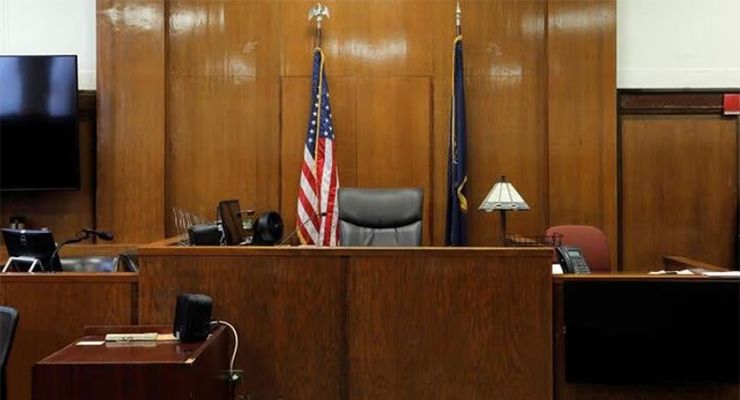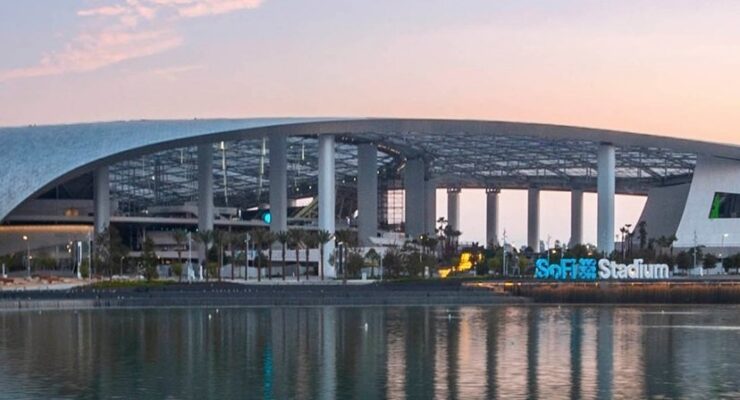
Pasadena City Council members confronted the potential of a $2 billion infrastructure funding gap during a marathon four-hour joint meeting with the City’s Finance Committee on Monday, sparking discussion about how the city should prioritize and fund critical repairs to its aging streets, facilities, and utility systems.
The meeting, which reviewed the proposed $446 million Capital Improvement Program (CIP) budget for fiscal year 2026, highlighted the city’s deteriorating street conditions and growing maintenance backlogs across multiple departments.
“We have a $2 billion shortfall of capital,” said Councilmember Rick Cole, who called for more strategic investments to generate new revenue. “We need to have a very serious conversation about how we’re going to pay for $2 billion worth of needs in this community.”
Public Works Director Greg de Vinck presented data showing Pasadena’s Pavement Condition Index (PCI) was rated at 57 two years ago and estimated the current PCI to be “around 59, 60″out of a possible 100, falling below acceptable standards.
The proposed budget allocates only $5.9 million for street resurfacing, while de Vinck estimated $75 million would be needed immediately to properly address deteriorating roads.
“If I had $75 million today, we would be saving millions of dollars,” de Vinck said, explaining that delaying repairs increases costs over time.
It was estimated that spreading it out over four or five years could push city costs higher by as much as $105 million.
Councilmember Justin Jones noted the proposed street funding wouldn’t even maintain current conditions.
“Even what we’re proposing, according to your slide, that’s not even enough to keep us at 57,” Jones said.
The discussion took place against the ever-present backdrop of the January 2025 Eaton fire, which destroyed homes and damaged critical infrastructure.
Resident Greg Apodaca, who lost his home in the fire, addressed the council: “It is a surreal experience to have lost everything that my wife and I have built up over about five decades.”
In response to the fire, the Water and Power Department outlined plans to underground electric lines in high-risk areas.
“All of the tier three areas, which are the extreme fire risks, those are all going to have their high voltage lines undergrounded,” said David Reyes, interim general manager for Water and Power.
The department also detailed repairs to reservoirs damaged in the fire and efforts to make the water system more resilient.
The budget presentation revealed that 85% of CIP funding comes from restricted sources like rate-payer money from water, power, and sewer funds, leaving just 15% for streets, parks, and other public facilities. Only one-quarter of 1% comes from discretionary general fund dollars.
Multiple councilmembers pushed for additional street funding, with Councilmember Jason Lyon suggesting the city might need to dip into its reserves.
“I think this is a place where the reserve is there. It’s the people’s money and it’s there for critical needs,” Lyon said.
Mayor Victor Gordo cautioned against using one-time reserve funds for ongoing infrastructure needs.
“I’d be reluctant to spend one-time reserve dollars,” Gordo said. “I’ve seen recessions, housing crisis, you name it, and fires where those reserves have come in very handy.”
The council also debated solar investments after several residents criticized the absence of rooftop solar projects in the CIP despite the city’s 2023 climate emergency declaration.
“In a time of climate crisis, you have before you a business as usual budget,” said resident Cynthia Cannady during public comment. “Why is the budget so rudderless? Why is it so unfocused?”
Transportation Department Director Joaquin Siques highlighted one successful funding strategy, noting that 91% of his department’s $278 million in transportation projects comes from grants. The CIP also includes significant investment in battery energy storage systems as part of the city’s carbon-free electricity goals.
Vice Mayor Jess Rivas pointed out a disconnect between planning and implementation.
“We invest so much time and energy and money [in specific plans], but we don’t see a through line to our capital improvement budget,” Rivas said.
The Rose Bowl Operating Company added another layer of complexity to the city’s infrastructure challenges, detailing approximately $200 million in facility needs over the next 20 years.
Other infrastructure discussions included updating the city’s 30-year-old street tree master plan to address climate change concerns and implementing advanced metering infrastructure to enable two-way communication with utility customers.
The final CIP budget is scheduled for adoption on May 5.



















